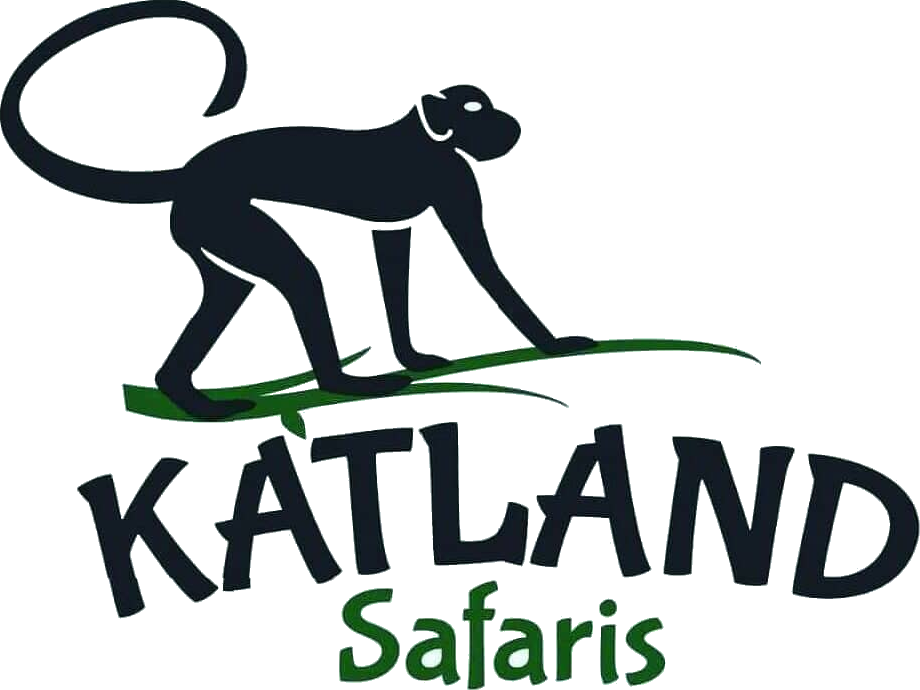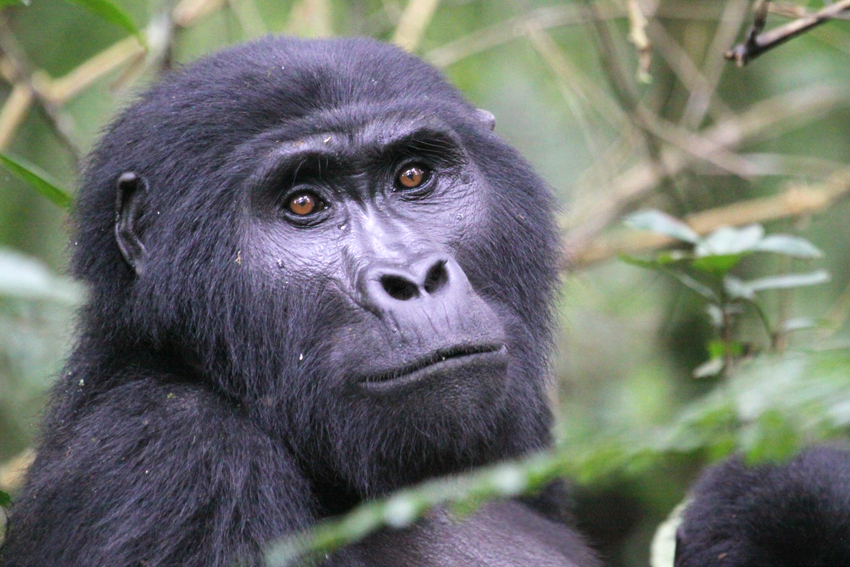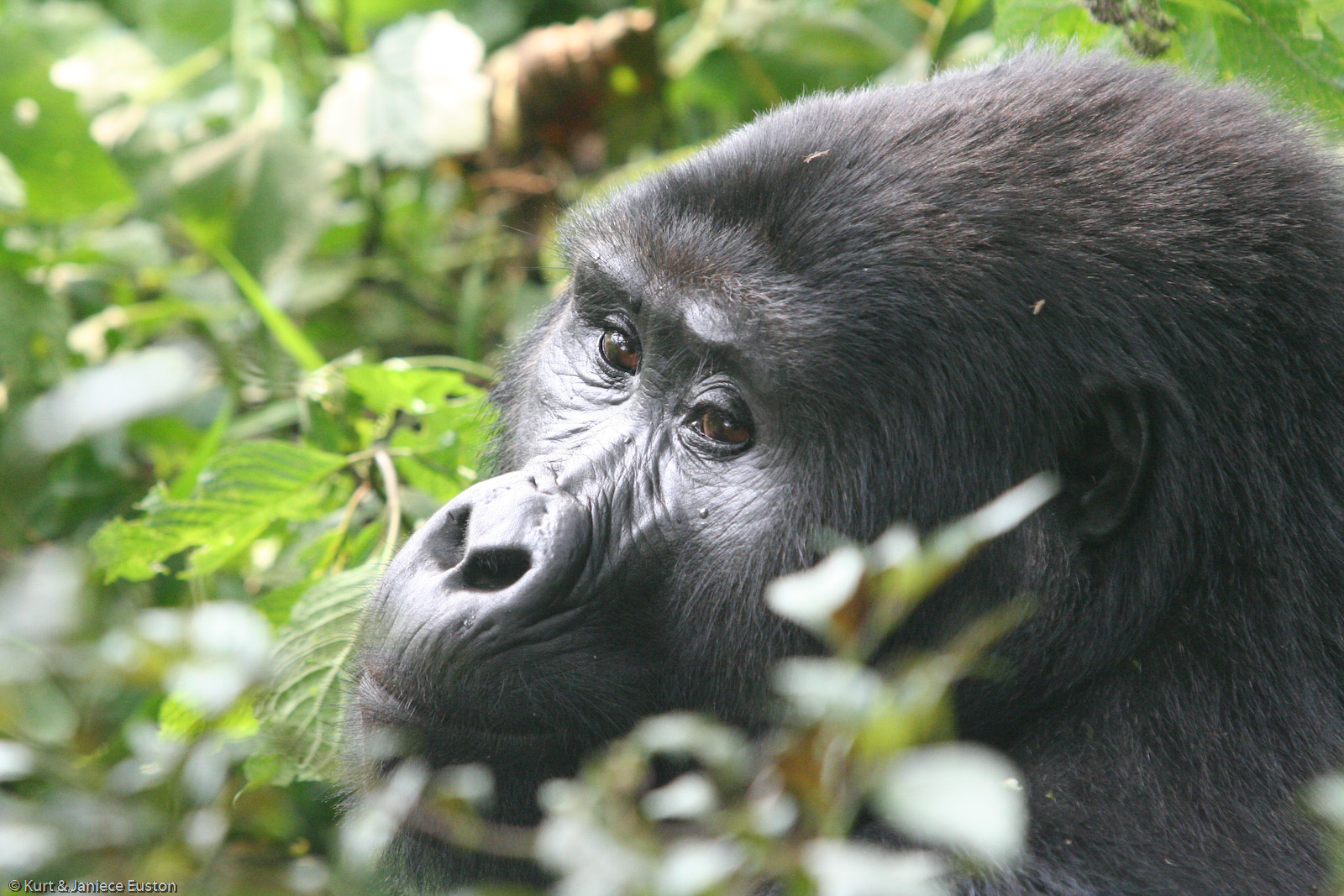How does gorilla trekking support local initiatives? | Discover how gorilla trekking in Uganda and Rwanda supports local communities, funds conservation projects, and empowers sustainable tourism initiatives across East Africa
How does gorilla trekking support locals?
Gorilla trekking constitutes crucial ecotourism that benefits conservation efforts by funding protective measures and raising awareness about endangered mountain gorillas. Diving deeper into the act of Gorilla trekking reveals how this distinctive wildlife encounter with the mountain gorillas has contributed to gorilla preservation and habitat protection.
Purpose-driven adventure gorilla trekking`s conservation heritage.
With a global population barely exceeding 1,000 individuals, mountain gorillas are classified as endangered. Nonetheless, amid this vulnerable status, gorilla trekking has surfaced as distinctive tourism from instilling considerable optimism for Africa’s great Apes.
This eco-experience facilitates tourist encounters with gorillas in their indigenous settings, emerging as a pivotal conservation component. This discourse examines gorilla trekking contributions to conservation, informed by comprehensive research.
Conservation financial support.
Gorilla trekking constitutes a critical revenue stream for conservation initiatives. Participants acquire permits for treks, generating substantial income directed toward diverse conservation actions. Permit costs vary from $1,500 in Rwanda, $800 in Uganda, and $400 in the DR, C with growing demand coupled with adherence to sustainable practices, permit values have escalated permit valuover time. Illustratively, Volcanoes National Park, Rwanda, accrued $11 million from gorilla trekking permits within the initial six months in 2022. Funds are allocated to multiple conservation domains.
Anti-poaching operations:
Permit revenue facilitates recruitment, training, and deployment of rangers who initially poaching. Gorilla trekking now shields gorillas from hunters targeting them for the bushmeat, body parts, or illicit trade.
Habitat rehabilitation: Gorilla trekking income supports reforestation, promotes sustainable utilization among locals, and counters habitat encroachment, fostering a secure gorilla environment.
Gorilla surveillance and research fees fund monitoring gorilla cohorts for health behavioral insights, including health checks, disease tracking, and ecological study, informing adaptive conservation tactics.
Community initiatives: Revenue portions fund projects benefiting communities proximate to gorilla rangers, encompassing education, health care, water systems, and infrastructure, nurturing goodwill and communal conservation engagement.
Gorilla trekking financial mechanism plainly underpins mountain gorilla and habitat preservation. It instills economic motives for local communities to safeguard gorilla habitats, disincentivizing detrimental practices like poaching, thus pivotal to gorilla survival.
Awareness elevation and conservation advocacy through gorilla trekking
Beyond financial contributions, gorilla trekking significantly heightens awareness regarding gorillas’ natural habitat lifestyles, cultivating profound insights into challenges confronting these animals, observing and witnessing behavioral patterns, social dynamics, and ecosystem vulnerabilities firsthand.
Enhanced awareness efforts were spearheaded by American primatologist Dian Fossey in the 1960s, whose dedication to research and conservation was instrumental in spotlighting gorilla threats internationally. Fossey`s legacy catalyzed sustainable tourism ventures like gorilla trekking previously. Gorillas faced severe poaching pressure, edging them toward extinction, before a conservation initiative gained traction.
An inspiring eco-adventure, gorilla trekking ranks among Africa`s most thrilling eco-experiences, compelling travelers towards conservation advocacy. Returnees often ardently share encounters/lessons underscoring urgent gorilla protection necessities. Visitors’ narratives motivate others to explore gill-related issues, prompting preservation contributions. Ultimately, treks elevate global understanding of challenges besetting these remarkable creatures, amplifying conservation support worldwide.
Regulations and guidelines governing gorilla trekking
These are strict rules and guidelines designed to encourage that gorilla trekking benefits conservation efforts and minimizes any negative impact from tourism. These regulations are consistent across all trekking sites and typically include:
Permit limitations.
Authorities issue a limited number of permits each day to control the number of visitors and minimize disturbance to the gorillas. This ensures that Gorillas can continue their natural behavior without stress.
Age Restrictions
The minimum age requirement for trekkers is 15 years. To minimize stress for gorillas, children under 15 should not interact with scary, large animals like gorillas. Young children may find such encounters overwhelming and could inadvertently transmit that stress to the gorillas.
Health screening: Trekkers may undergo health screenings to ensure they are not carrying any contagious illnesses that could harm the gorillas. This is a crucial step in preventing the spread of diseases that could endanger gorilla populations.
Restrictions for distances:
Trekkers must maintain a safe distance of 10 meters (32ft) from the gorilla to prevent stressing them and avoid transmitting diseases. This distance helps ensure the gorillas feel safe and secure in their environment.
Duration limits.
The time spent with the gorillas is usually limited to one hour to minimize disruption to their natural behavior. This ensures that the gorillas’ daily routines are not significantly altered by the presence of tourists.
Code of conduct: How does gorilla trekking support locals?
Trekkers are briefed on appropriate behavior around gorillas, such as avoiding sudden movements, loud noises, nd direct eye contact. These guidelines help to prevent any actions that could frighten or provoke the gorillas.
These regulations are crucial for ensuring that gorilla safaris remain a sustainable and responsible activity that benefits both gorillas and the communities that coexist with them.
Gorilla trekking experience in Uganda and Rwanda | How does gorilla trekking support locals
The gorilla trekking experience begins early with breakfast aa a briefing at park headquarters, covering dos, don’ts, and safety precautions. You’re then divided into groups of eight and, with a guide, embark on a 1–6-hour trek through dense vegetation to find the gorillas. The challenging hike includes regular breaks until you locate the gorillas. You will spend an hour observing them in interactions, playing, and grooming.
Being just a few feet away from these majestic creatures is indescribable, beautiful, and the experience is unforgettable and humbling, with gorillas accustomed to human pressure.
Booking gorilla trekking safaris in Uganda and Rwanda with Katland Safaris.
Katland Safaris organizes the best gorilla and wildlife safaris in East Africa. When it comes to gorilla trekking, we will book your gorilla trekking permits for Uganda`s Bwindi and Mgahinga gorilla national park and gorilla permits for Volcanoes National Park in Rwanda. Besides booking your gorilla permit, we will also put all other gorilla safari accessories, like transportation and accommodation, in one package to make your gorilla trekking safari a memorable adventure:
Your gorilla trekking safaris can be customized to meet your safari expectations and needs, and budget. The safari package can range from budget, mid-range, and luxury safaris.
Feel free to contact our team of excellent safari consultants to help you organize the best Africa gorilla safari ever.
Embark on an unforgettable Gorilla trekking and wildlife safari experience in Uganda and Rwanda.
WhatsApp us at +256705778866 to book your safari today!
Email us at info@katlandafricagorillasafaris.com for more information
Visit www.katlandafricagorillasafaris.com for exciting tour packages and itineraries



